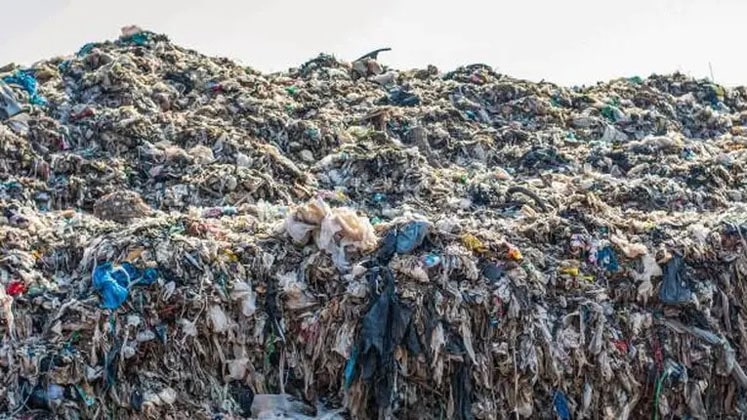A report by The European Environment Agency (EEA) has highlighted that Asia has become a dump yard for EU-used textile exports.
In 2019, Africa received over 60 per cent of EU-used textile exports, cementing its position as the primary destination. However, Asia’s share has significantly increased, accounting for 41 per cent of EU imports, almost on par with Africa’s 46 per cent.
The EEA has expressed concerns about the uncertain fate of these textile exports, as the reuse, recycling, or disposal methods employed in recipient countries are not well-documented.
The significant increase in used textile exports from the EU over the past two decades is another cause for concern. The exports have tripled, from slightly over 550,000 tonnes in 2000 to almost 1.7 million tonnes in 2019. Additionally, there are concerns about mislabeling waste streams as second-hand goods to bypass waste management regulations.
It is worth mentioning here that annually Europe generates around 5.8 million tonnes of textile waste, which is almost approximately 11 kg per person.
The EEA’s report highlights that African countries primarily use imported used textiles for local reuse, driven by the demand for affordable clothing from Europe. However, textiles that are unsuitable for reuse often end up in open landfills or informal waste streams. In contrast, Asian countries tend to import used textiles to dedicated economic zones, where they undergo sorting and processing. Most of these textiles are downcycled into industrial rags or filling materials. Those that cannot be recycled or re-exported will likely end up in general waste management systems, predominantly in landfills.
European countries have been exporting a staggering 90 per cent of their used clothes and textile waste to Africa and Asia, according to recent data.
Textile waste is the fourth-highest source of environmental pressure and climate change concerning European consumption.
Nearly two-thirds of this waste comprises synthetic fibres. While some textile waste is separately collected for recycling within Europe, the majority is exported to Africa and Asia due to limited local reuse and recycling capacities.







